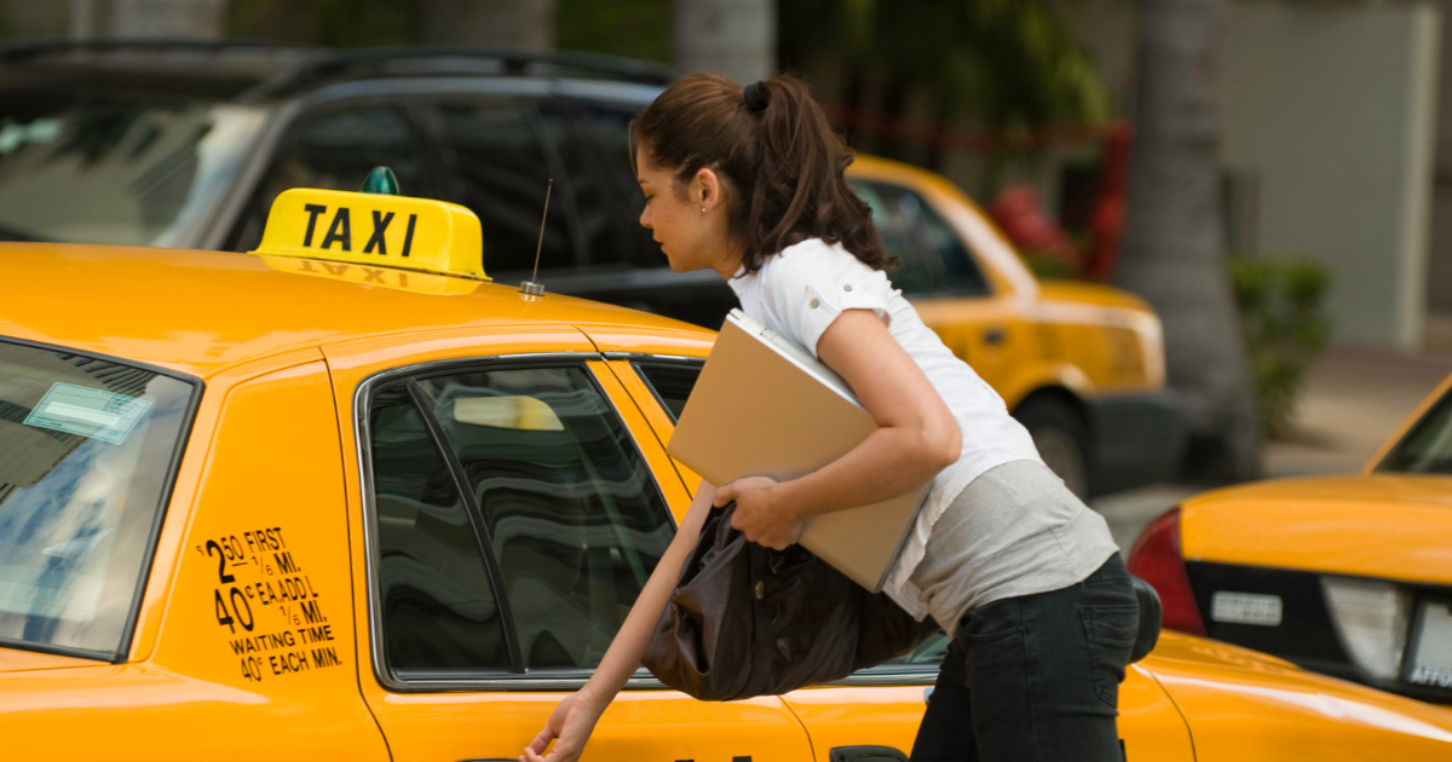
Atlanta’s taxicab industry is worried about its future. You can imagine the concern: Among other challenges, since the city last set fares for cab drivers 18 years ago an entirely new service called ride-sharing was created. The subsequent competition has taken a huge toll on cabs. So, city officials listened and gave the taxicab industry what it wanted.
What did it want? Higher fares. Why? So taxis could, as one news report put it, “match the growing popularity of ride shares.”
Maybe it’s just me, but the reason I rarely consider taking a taxi anymore is certainly not because it would save me too much money.
This is a classic example of a protected industry that faced disruption and, instead of adapting to meet the challenge, has reacted as if the problem is its customers, its competitors, its regulators – anyone but itself.
Ride-sharing exists because of this attitude. The taxi medallion system long insulated operators from competition. To provide taxi service, you needed a government-granted license. In turn, the government regulated taxi fares.
To be clear, these regulated fares were maximums. Operators were free to charge less in order to compete. If any did, I never found them. With a limited number of medallions, many of them controlled by a handful of companies, there was a certain assurance no one was going to undercut the others.
Until, that is, ride-sharing came along. Operating outside of that system, drivers for Uber and Lyft competed in ways the taxi industry was reluctant to try – price being just one of them.
I distinctly remember the first time I took an Uber ride in 2012. In the 11 years since, I can count on one hand the number of taxis I’ve taken. That’s because I only take one when I’ve forgotten just how bad my last experience was, including paying more than I’d been led to believe I would pay. That’s particularly irritating in a system with regulated fares. It’s all the worse when ride-share companies allow customers to lock in the price of a trip beforehand.
So no, taxis will not “match the growing popularity of ride shares” by charging even more. In fact, a quick check of Uber mid-morning on Thursday shows just how self-defeating this change is, if the idea really is to help taxis compete:
- A ride from the airport to a downtown hotel with Uber was offered for as little as $28, not much below the taxis’ flat rate of $30. But that flat rate is going to $36.
- From the airport to a location in Midtown was $31 with Uber vs. today’s flat rate of $32 in a cab. But that rate is going to $38.
- To Buckhead, Uber offered a ride as low as $40, the same as today’s flat rate for taxis but lower than the new rate of $48.
- None of those airport “flat rates” includes a current fuel surcharge of $2 per trip or an “initial airport fare” of $1.50. In other words, tack on an additional $3.50 per trip to those fares that already exceed what ride-sharing companies offer.
- For all other rides, there are fare increases for the first eighth of a mile and for each eighth of a mile after that. Plus, a new minimum fare of $10 is being instituted.
Two possibilities are most likely here. Either Uber and Lyft will maintain today’s rates and grab even more market share from taxis, or they’ll quietly raise their lowest rates to match the taxis. Neither outcome helps consumers, but nor does either possibility make taxis more competitive. Drivers might make more money in the short term, but in the long run they’re still trapped in a losing game.
The way to make taxis more competitive is to free them up to compete. That means getting out of the business of government-regulated fares … but also, out of the business of government-created barriers to entry. Yet, that’s not what the industry is asking for.
Which means, in the long run, they’re just asking for it.
